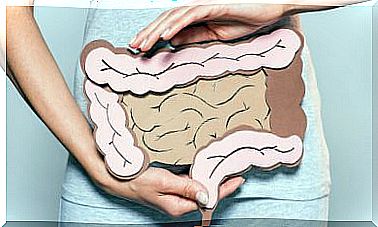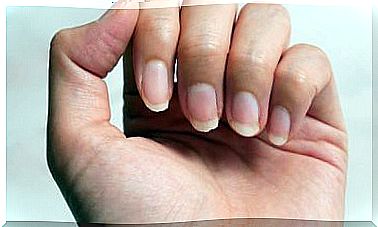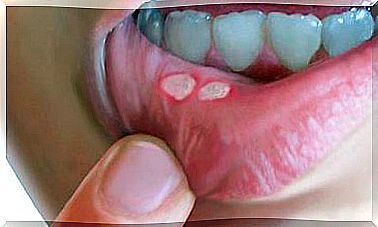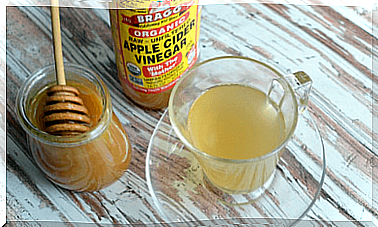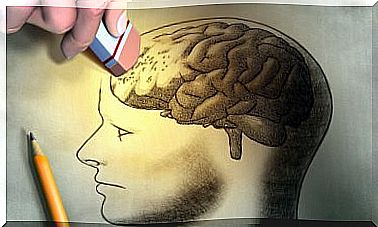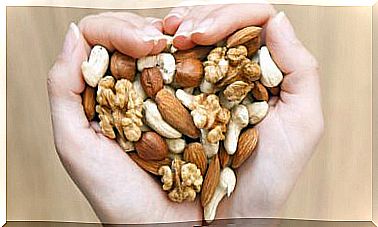What To Eat When I Have A Broken Bone
If we have a broken bone it is important that we include foods rich in vitamins and minerals in our diet that provide us with nutrients to weld and strengthen it.
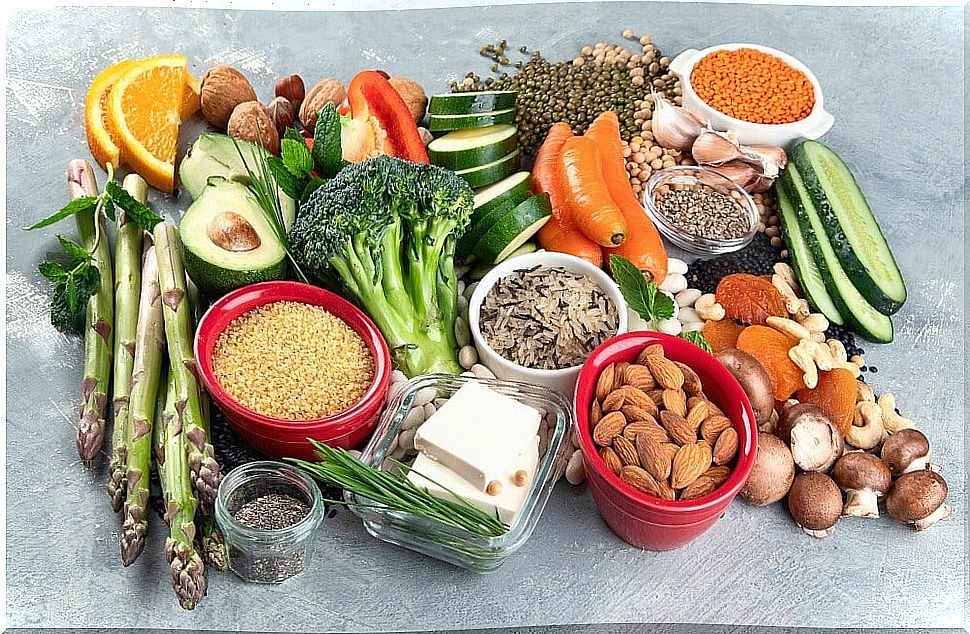
A broken bone supposes a time of rest in which you will not only have to be aware of the cast and take the medications that the doctor has prescribed, but also eat properly to promote the recovery process and strengthen yourself. At this point, you may be wondering: what should I eat when I have a broken bone and what should I avoid? Don’t worry, below we will give you the answers you need!
Believe it or not, eating a good diet can be a good asset for the recovery process to take place effectively, regain strength and maintain a healthy weight, something that also influences your mood and well-being in general.
What to do when a bone is broken? How to recover from a broken bone?
A fall, an accident or a sudden movement can cause fractures in any of the 206 bones that make up the human body. In any case, the essential thing is to have medical attention from the beginning in order to achieve a true recovery.
These are the steps you should follow in the event of a bone break. Take note because it never hurts to know 1, 2, 3!
1. Go to the doctor
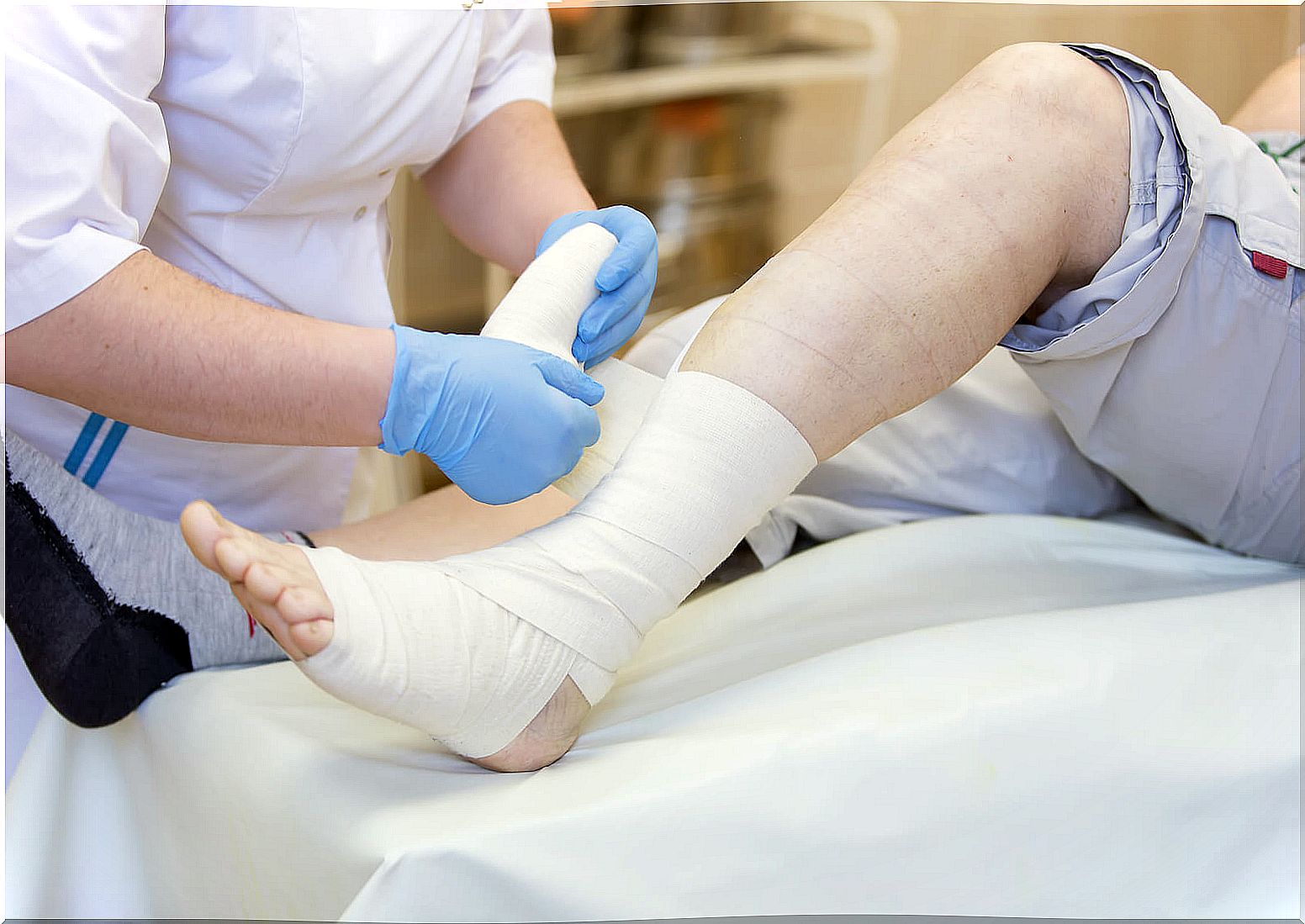
We can deduce that we have broken a bone when we feel that the pain in the area is unbearable, we cannot move the area or it immediately becomes inflamed. If that is the situation, it is best to see a professional to first perform an X-ray and then determine the best treatment.
The options for fixing a broken bone are as follows:
- Repositioning: when the bone comes out of its natural socket in a joint, and with a special movement it is put in place.
- Splint: it is a flexible and resistant mold used to treat and immobilize fractures.
- Plaster: it is placed so that the area does not move and the bone heals.
- Surgical intervention: in the event that the fracture is very complex or the cast is not enough to reverse the situation.
2. Caring for the fractured area
Rest and rest are necessary for the bone to heal well. While some broken areas require more immobility than others, it is not always possible to return to daily activities as if nothing had happened.
Placing the fractured part up high (using a pillow, for example) can help reduce swelling, discomfort, and other symptoms.
In some cases, accessories can be used to facilitate the person’s day-to-day life. This is the case with arm slings or crutches.
3. Pay attention to the plaster
It may be your worst enemy for a few weeks, but you will need to take care of it if you want the bone to heal properly.
It is essential to keep it dry as wetting may lose its strength and cause the bone to move. You should also pay attention so that it does not crack and, for nothing in the world, cut pieces or modify their shape. It is allowed to paint it and decorate its exterior!
Be careful with placing objects to relieve the typical itchy skin. Also, do not use oils, powders or creams inside the cast.
Nutrition: a great asset when you have a broken bone

According to a publication by the International Osteoporosis Foundation, ” the most important nutrients for bone health are calcium, vitamin D and protein ” and they comment that other micronutrients could also be beneficial, including vitamin A, vitamins B, vitamin K, magnesium and zinc.
Thus, in addition to leading a quiet life, not forcing the area and avoiding alcohol consumption, we recommend that you consume the following foods within a balanced diet so that you can recover.
Dairy products
As long as you are not intolerant to lactose or cow’s milk protein, this food can give you the calcium supply that your bones need for their recovery. In addition, it provides vitamins A, D, E and group B and many proteins that help accelerate bone repair and prevent osteoporosis.
In turn, it provides you with amino acids (including glutamine and lysine ) that increase calcium absorption.
Broccoli
Broccoli is a food that can provide several vitamins, especially C and K, which help to fix calcium in the bones and preserve it longer. In addition, it contains calcium, phosphorus, magnesium and zinc, which are excellent for maintaining healthy bones.
On the other hand, according to the Spanish Nutrition Foundation (FEN), “ its content of antioxidant nutrients (b-carotenes and vitamin C), and phytochemical substances (glucosinolates / isothiocyanates / indoles), among which sulforaphane stands out ( isothiocyanate) and indole-3-carbinol (indole) ”.
Oranges
Another good source of vitamin C is the orange, a fruit that not only helps you avoid colds, but also helps you take care of your bone health. This is because it helps to synthesize collagen thanks to its antioxidants. This citrus also contains calcium, magnesium and phosphorus.
Green leafy vegetables
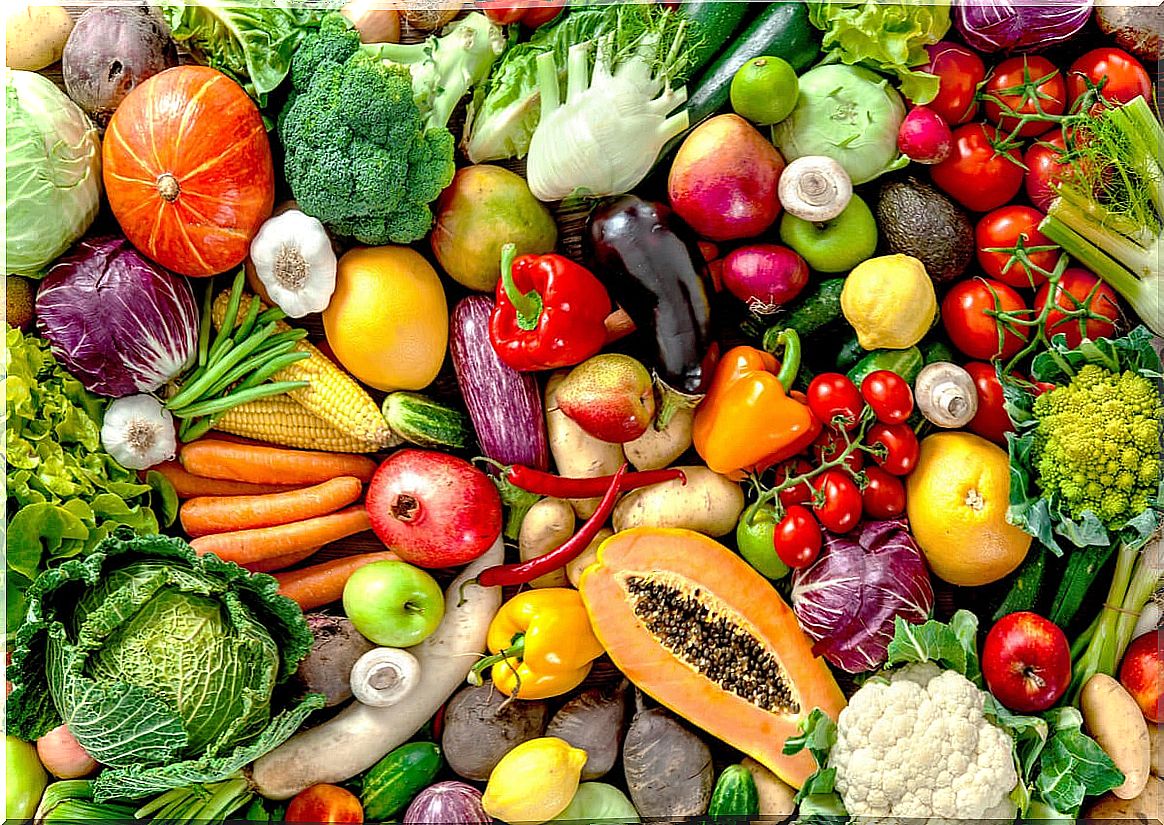
Swiss chard, spinach and arugula (among others) are the best options to consume when we have broken a bone, since they have many vitamins and minerals necessary for your bones. Among them, vitamins K and A, very beneficial for bone metabolism.
On the other hand, spinach provides us with calcium, but we must be careful in the way we consume them, since they also contain oxalates, which prevent the absorption of this same nutrient. That is why it is best to consume cooked spinach, as indicated by the doctor.
Fish
When we have a broken bone, we want it to heal quickly, but we also seek a successful recovery. For this, we recommend consuming some fish that are a source of vitamin D, the nutrient responsible for improving calcium absorption. Among the species that contribute the most we find:
- Herring
- The salmon
- The pomfret
- The sardine
Nuts
Among all the options we have at our disposal, the best nuts to accelerate the healing of a fracture are walnuts, almonds and hazelnuts, since they provide antioxidants, as well as various vitamins and minerals. In a second group we find Brazil nuts and pistachios. They all contain calcium, phosphorus, vitamins A and C, and magnesium.
Vegetables
Black beans and chickpeas are good sources of nutrients, especially calcium, phosphorus, magnesium and vitamins K, and group B. In the case of getting organic soy, you can also consume it weekly, as it has many nutrients, including phytoestrogens, which help the body absorb calcium better.
Seeds
There are several seeds, such as sesame and flax seeds, that provide necessary minerals such as calcium and magnesium, which, as we have seen before, are beneficial for bone health at any time, not only when there is a fracture.
Did you think that if you had a broken bone you could only consume dairy products to improve yourself? Now that you know which foods are best for you, try to incorporate them into your diet regularly to take care of your bone health and recover from that broken bone. Remember that if you have any questions, you can always consult with your treating doctor or nutritionist.
